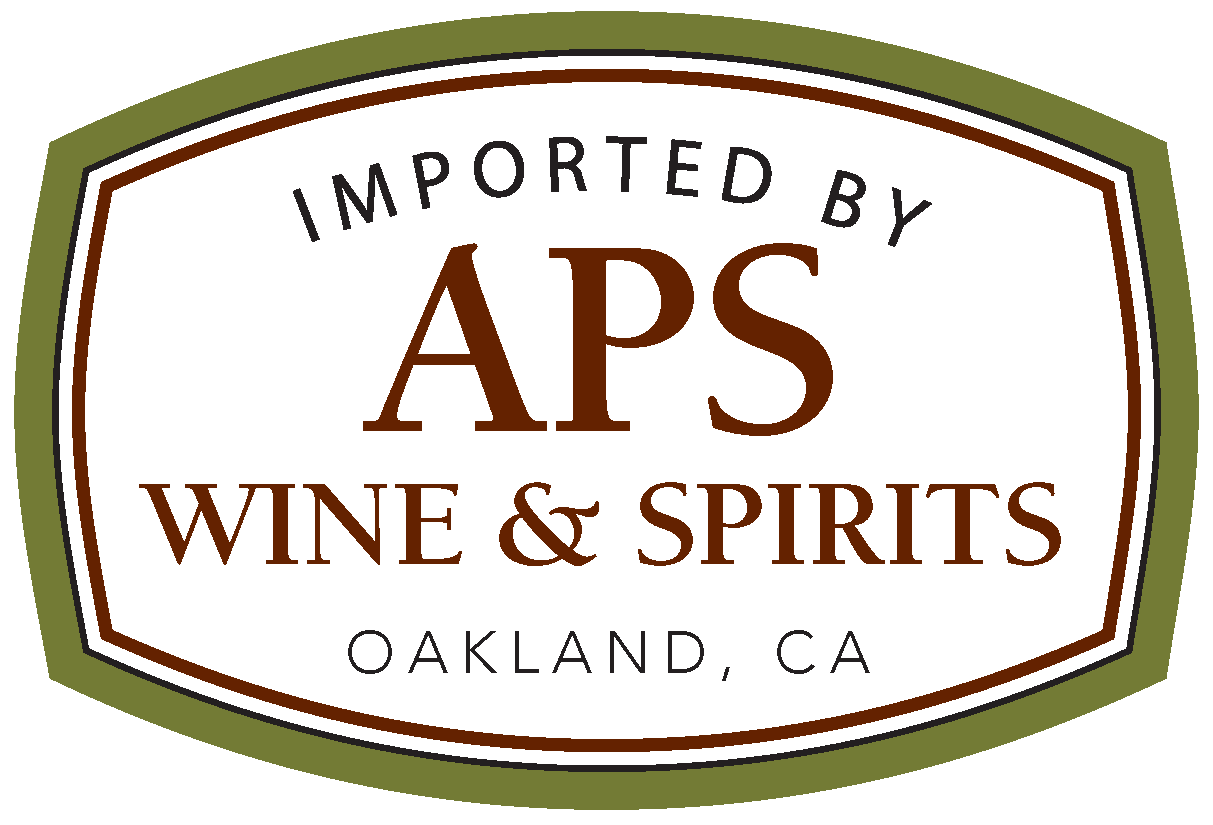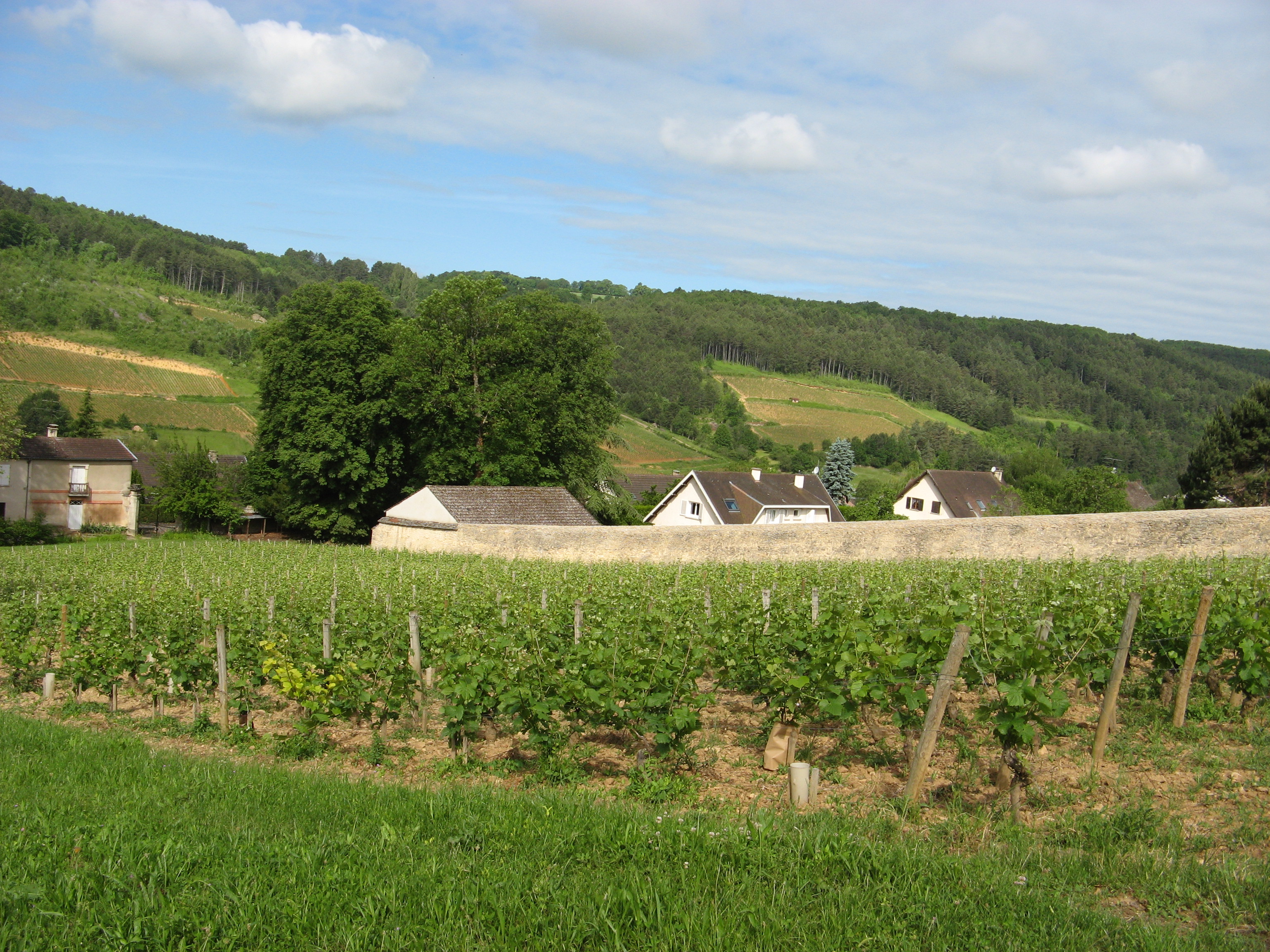21st CENTURY BURGUNDY WOMAN
ROOTED BY A 19th CENTURY DOMAINE
Our relationship with Christine and Domaine Dubreuil-Fontaine began when we tasted the heroic 1985s made by her grandfather, Pierre. Since 2011, “his” wines have become “her” wines and “her” domaine has become the first among equals in Pernand-Verglesses.
Established in 1879, Domaine Dubreuil-Fontaine is a fixture of the Côte de Beaune. Christine Gruère-Dubreuil is the fifth generation and oversees this property of 50 acres centered on the magical medieval town of Pernand-Vergelesses. Bourgogne Aujourd’Hui, France’s leading publication on the wines of Burgundy, named her one of the “Women in Charge” along with other famed winemakers, Anne Gros and Caroline Lestime. Now, her eldest daughter, Clementine, takes her place alongside Christine and the two direct all aspects of the domaine from vineyard management to harvest and winemaking. Here at APS, it has been a joy to participate in the changes at Domaine Dubreuil-Fontaine since the mid 1990’s when Bernard, Christine’s father was the head and Clementine just a little kid.
Christine and Clementine are in complete accord about the wines they want to make: they seek purity, transparency and authenticity, wines that express their place of origin more than the hand of the winemaker. This means they farm their vines naturally and vinify their wines gently. The only “modern” tool they use is temperature control to maintain the freshness of fruit in their finished wines. Otherwise, they stay away from all the additives and bio-engineered materials that winemakers can use these days. When you taste the wines of Christine and Clementine, you know you are in Burgundy.
The label says Bourgogne “Les Crenilles,” which obscures the fact that this is Pommard Chardonnay from a single vineyard first planted in 1802. Pommard is appellation controlée for Pinot Noir only, but that doesn’t mean you can’t grow great Chardonnay here, just that the French Wine Police say “No!” to putting the word Pommard on the label. What else is new?!? Dubreuil’s Chardonnay vines here are 30 years old and grow in highly compact limestone. As with all their whites, Dubreuil’s “Crenilles” fruit is hand picked and hand sorted before quick, but gentle, pneumatic bladder pressing. Vinification and maturation was 1/3 in neutral oak barrel and 2/3 in stainless steel vats. The result in the words of Clementine is, “Light green-golden color. An easygoing bouquet with hints of pear and apple blossom. Quite round and fresh on the palate with a very pleasing finish.” This is a Bourgogne Blanc of significance and value, especially knowing that 1 bottle of a village Chassagne-Montrachet can costs more than 4 bottles of Dubreuil’s “Les Crenilles.”
Pinot Noir vines in four different plots averaging 30 years of age. Pommard, Savigny-les-Beaune and Ladoix Serrigny all contribute, including the special Ladoix vineyard of “La Chapelle Notre Dame,” which makes up the largest percentage of the blend. The fruit is always hand harvested, selected and destemmed. Vatting was 15 days with punching down and pumping over on alternate days. Matured for 10 months in 1/3 neutral oak barrel and 2/3 stainless steel tank and then bottled unfiltered. Clementine’s reflects the 2022 well: “Pleasant bouquet of crushed blackberries and raspberries. The palate is medium-bodied with light, spicy opening, a good density and a solid blackberry, strawberry finish. A very satisfying wine to drink young.”
Hand-picked and hand-sorted Chardonnay from four estate vineyards located on the hill of Frétille in Pernand. The four plots are well situated amongst the noble vineyards of the commune: Les Noirets, Les Cloux, Herbeux and Es Larret et Vignes Blanches. Directly upon harvest, the fruit was pressed and the must allowed to settle briefly before transfer to a variety of vessels for fermentation. Half of the juice flowed by gravity into oak barrels (10% new), one quarter went into stainless steel vat and one quarter into concrete egg. Aged 10 months before bottling. Clementine’s notes on the wine are, “The color of sun-ripe straw with fresh citrus fruits on the nose and impressions of white flowers. Silex minerality on the palate with a lovely roundness and nice long finish. I am very pleased.”
It’s impossible to miss Clos Berthet as you drive along the dusty road on the way to the home of Dubreuil-Fontaine. Mid-slope on the hill of Fretille with soils of clay and limestone, as well as a fine south-west exposure, it’s a pretty choice spot and a monopole of Dubreuil-Fontaine for many years. This is Burgundy, so of course there is a twist in the rules regarding Clos Berthet. The site is classified as Premier Cru for Chardonnay, but not Pinot Noir. So, if you’re a Pinot Noir vine living in Clos Berthet and make a red wine, does this mean you are not as good as the Chardonnay in the next row over? No possible way. It just means that the Wine Police have struck again.
Hand picked and sorted, 100% destemmed, indigenous yeast, raised in barrel (15% new) and stainless steel tank for 15 months. Clementine’s tasting notes: “A full-of-charm bouquet of red cherry, raspberry and touches of violet petal. Medium-bodied palate, a smooth and rounded finish. The finish shows good volume and a good length. It’s our 2021 that I drink most often. I like it with Saint-Nectaire or Comté and a fresh baguette.”
Thirty-year Pinot Noir vines in two smallish plots totaling about two acres, one in “En Boeuf,” and the other in “Trois Follots,” a village plot adjacent to “Rugiens.” Simple, hand-work winemaking from the Dubreuil’s gravity-flow winery. Destemmed, vinified in stainless, and then into a mix of oak barrels (15% new) to rest for 12 months. Bottled unfiltered. Tasting the wine, Clementine recommends a rib-eye steak and says: “A fruity nose of figs and sloe berries, as well as high-toned floral aromas. Medium-bodied palate, quite supple tannins with sweet black cherry and fine natural acidity. An elegant and delicious wine.”
Sandwiched between the venerable “Île de Vergelesses” below and the Bois Noel above, “Les Vergelesses” is a great vineyard. One finds in this wine superb elegance and the classic vigor of Savigny with the undeniable charm of its floral and fruit qualities, brimming as it is with strawberry, raspberry and cherry. Eminent English wine writer, Clive Coates, would agree: “The large Vergelesses climat…represents Savigny-lès-Beaune’s best wine. Here Savigny is at its most refined, with the most intensity and depth. Here it is at its smoothest, its most velvety, its most complete.”
As with all other Dubreuil wines, the winemaking approach is simple: hand picking and sorting of the fruit, 15 day vatting, raised in stainless steel and then 15 months rest in barrel, 15% of which is new oak. Clementine Dubreuil’s notes: “Ruby color. A floral nose with hints of red berries, strawberries, black current and rose petal. In the mouth, the texture is fine and supple with lingering spicy notes on the finish.”
The Montrevenots vineyard lies on the border with Pommard and just above “Clos des Mouches.” It has iron-rich soils and a southerly exposure. Dubreuil-Fontaine’s parcel of Pinot Noir vines here is just a few rows, less than an acre, and is 35 years old. Hand picked, 100% destemmed, gently pressed for a cool fermentation in stainless steel and then 15 months in barrel, 25% new oak. Clementine tasting her 2021 Montrevenots: “Dense, deep color in the glass. Rose, peony and plummy fruit aromas rise up. A velvety texture in the mouth, some raspberry, crushed strawberries, as well as minerality. Rich and concentrated aromas and a good length.”

The summer hailstorms of 2012, 2013, and 2014 gave us a trio of low-yield vintages. Then came 2015, a drier, promising vintage with small berries and thicker skins, but the vines were still quietly suffering from the previous weather battles. Yields did not bounce-back: excellent wines, small quantity. And just when we thought the worst was over, here comes 2016 where severe frost, a moist Spring, timely mildew, and a surprise visit from hail, once again, forced the best to sacrifice quantity for quality. In 2017 frost returned, but the Côte de Beaune did not suffer it’s wrath like Chablis, perhaps a return to normalcy? I wouldn’t bet on it. “Burgundy Aisle 9,” stock-up while you can.





